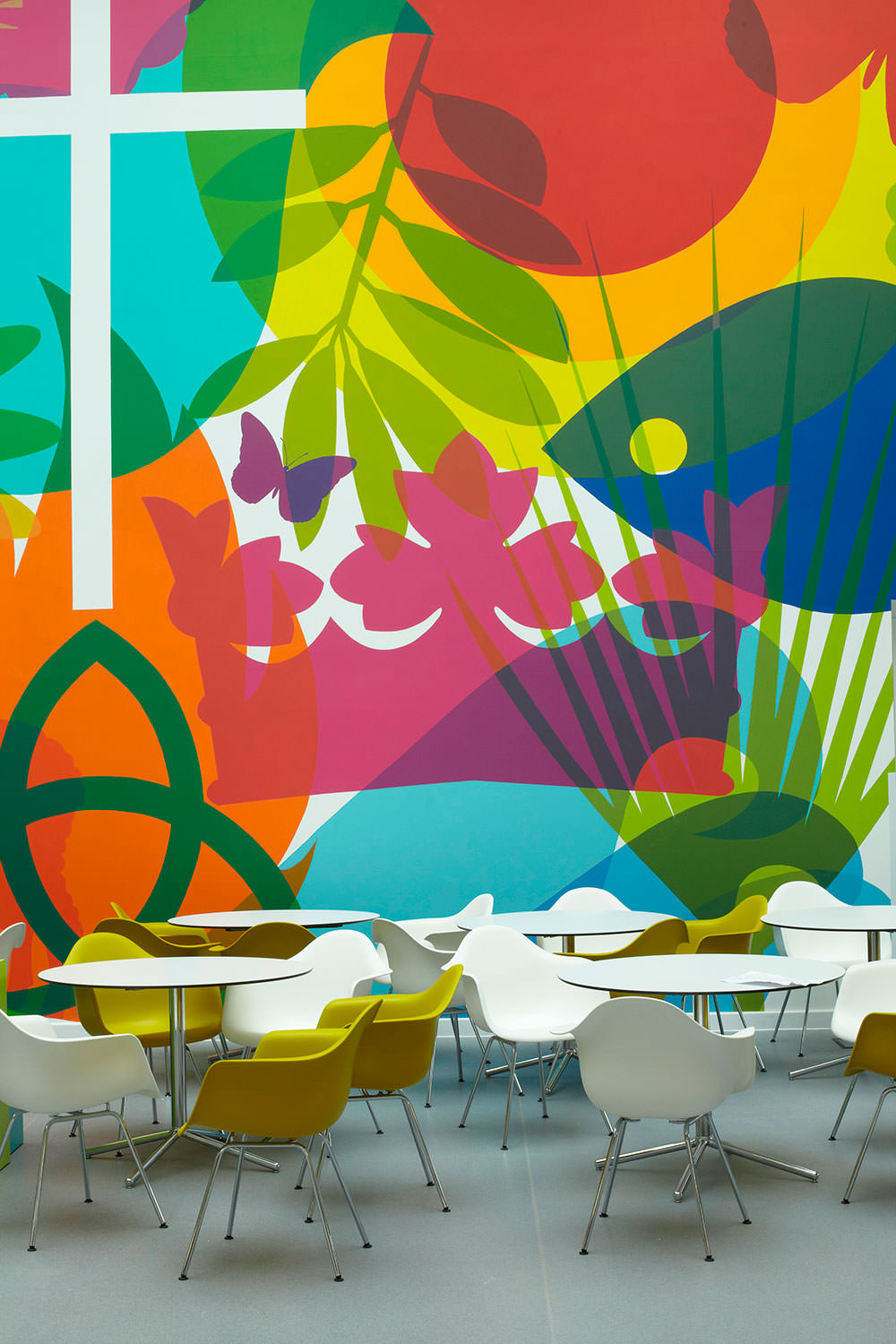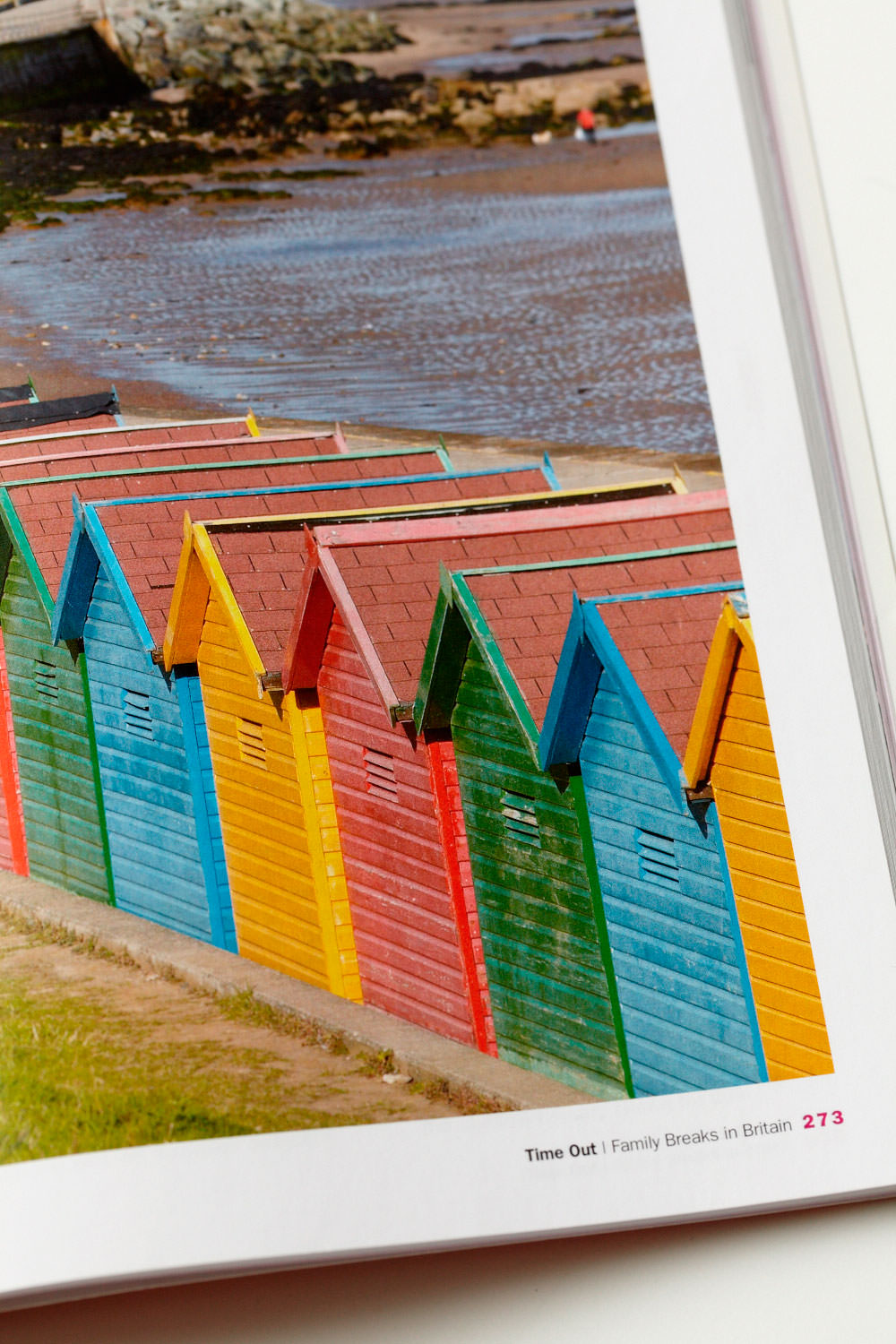Landscape
Back to School /
Architectural photography from Campsmount Technology College, Doncaster and Holy Trinity School, Barnsley for Building magazine.
Middleton-in-Teesdale /
Jubilee /
Mevagissey /
Caution /
Prague /
Strawberry Fields /
Let's move to... Ilkley /
County Cork /
Lundy Island /
Farndale /
Farndale in the North York Moors National Park is also known as 'Daffodil Dale'.
Val d'Isère /
Perpignan /
Runswick Bay /
Mount Etna /
Syracuse /
Devon /
Pastures New – An Introduction /
Nick Angel & Rowan Deacon
For the outsider, Milton Keynes can be reduced to a series of clichés – identikit housing, endless shopping centres, and, of course, roundabouts. In the film Love, Actually a class of foreigners learning to speak English can be heard repeating the statement: “Milton Keynes has many roundabouts”. And to be fair, there are 300 of the things …
But for the resident, such preconceptions can be irksome. “One of the joys of living in Milton Keynes,” writes the social historian Mark Clapson, “is the awareness of what it is like to be treated as some sort of unique specimen … People who live in the city are peered at, sneered at, puzzled over, laughed at, misunderstood and often subjected to the tyranny of being judged on first impressions.” And to prove the point, the comedian Bill Bailey described Milton Keynes as “Satan’s lay-by”. Why the scorn? Why the aggro? Why does this town – conceived in a spirit of idealism, about the same time as Harold Wilson was talking of the “white heat” of technological progress – invite such derision?
In part, it is because Milton Keynes is that seemingly un-English thing – a planned town. Instead of the riotous twists and turns of a medieval quarter, Milton Keynes is divided into a system of grids, all numbered and lettered. Instead of Little Snodbury Corner or Upper Bottom Lane, the Milton Keynesian might live on South Seventh Street, north of the H6. It’s just not British – or at least, it’s not British as defined by the cadre of country house owners, travel agents, bed and breakfast operators, museum curators, battle re-enactors and all the others who collectively form what we call the Heritage Industry. Then there are the concrete cows – the sculptures created in 1978 by the Canadian-born artist Liz Leyh, – which confirmed what everyone thought they already knew about the town: that it’s all a fake.
One of the things that makes Mike Pinches’ insightful, witty collection of photographs so beguiling is that it plays on this prejudice, without ever succumbing to it. In one photograph a manicured flowerbed seems at first to be set against an eternal horizon – until we see that it is in fact the side of a giant warehouse on Brinklow industrial estate. In another, ‘Walton Hall’, a blank road sign at a junction seems to be saying that not only is this an anonymous city with no identity, it’s also going nowhere. But these images do not sneer at their subject. Just when we’re starting to wonder whether we want to stick around in this town, we find the cockpit of a fighter plane parked in someone’s front drive. A very British spirit of eccentricity does indeed dwell within Milton Keynes.
That’s the thing about Milton Keynes – it has hidden depths, and was born out of a spirit of idealism mixed with a solid dose of pragmatism. It is as much a product of history as any other place – and the fact that the history is relatively recent does not make this any less the case. The last and largest of eleven settlements created by the 1946 New Towns Act (others include Stevenage, Hemel Hempstead and Harlow), Milton Keynes was the culmination of a project whose philosophy was summarised by Lewis Silkin, minister of town and country planning in Clement Attlee’s postwar socialist government. The new towns, said Silkin, should be places “where all classes of community can meet freely together on equal terms and enjoy common cultural and recreational facilities”. Indeed, the presence of the Open University – the world’s first long-distance learning university, which transformed higher education by opening it up to people who would never previously have had access to it – was a happy and appropriate adaptation of the historical role towns have had as seats of learning.
It comes as no surprise to learn that the man sometimes referred to as “the father of Milton Keynes”, the late Melvin Webber, was a Californian. The city’s egalitarian design owes far more to the political aspirations of the New World than the class-bound ones of Merrie England, all manor houses and maypoles. The broad avenues and green spaces were intended to foster a sense of community, to bring people together, while the concrete underpasses – lyrically captured in ‘Newlands’ – were designed for the safety and convenience of pedestrians and cyclists.
Perhaps it is more surprising to learn that there was an even deeper well of inspiration for the town: the Minoans of ancient Crete. Four thousand years ago, this Mediterranean civilisation pioneered the planned town, the most celebrated of which is Knossos in Crete. Un-walled and low-rise, its streets also followed a basic grid system – and this precedent was in the minds of the Milton Keynes Development Corporation from the town’s earliest stages. The planners even appropriated the Minoan symbol of a double headed axe, and early road signs featured a monogram made up of the letters M and K – standing for Minoan-Knossos, Milton Keynes.
But what of Milton Keynes’s inhabitants? The “Satan’s lay-by” view of the town suggests that they must be living there against their will. Just as, during the Cold War, we ascribed a monolithic, monotone, monochrome face to the unfortunate inhabitants behind the iron curtain, so the outsider who has never been to Milton Keynes could be forgiven for seeing its inhabitants in a similarly bleak light. Pinches’ forty portraits of Milton Keynes residents cheerfully dispel this myth. Gloriously, exuberantly, sometimes slyly, they celebrate the diversity and individuality of the people who choose to live here.
And that is the lesson of these remarkable photographs, which both play with and subvert the myth and history of Milton Keynes. In ‘Bleak Hall’ there is a wonderfully Hopperesque sense of the loneliness and longing of this futuristic urban experiment, while ‘Snelshall East’ – where a child’s digger lies half buried in a mound of soil, surrounded by peacefully grazing cows – is a witty acknowledgement of the town’s origins, and a commentary on the innocence, hope and audacity of building something so vast entirely from scratch.
As the town nears middle age and celebrates its 40th birthday, Pinches’ collection of photographs is helping Milton Keynes to find the very things many imagine it to lack – a voice, an identity, and a narrative.


















